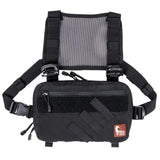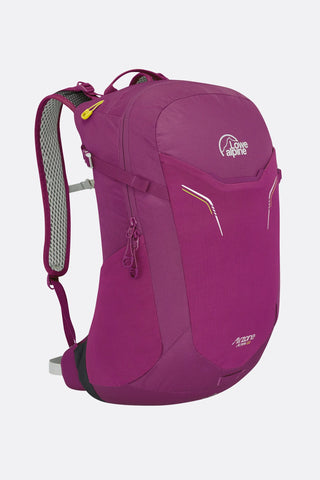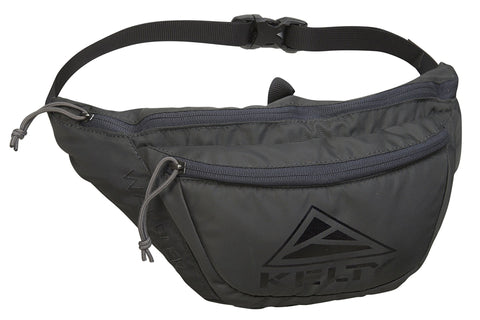SAR Kit Bag, Full
Hill People Gear
$ 170.00
is on back order
A modified version of the V2 Original Kit Bag for Search & Rescue and First Responders. Through the input from Jeff Randall of Randall's Adventure & Training, we developed a Search & Rescue and First Responder version of the Original Kit Bag. It is exactly the same as the Original Kit Bag Medium but with a strip of loop for name tapes, and diagonal PALS webbing to attach a radio.
The SAR Kit Bag includes the following features:
- 500d construction
- quick access concealed pistol compartment
- comfortable mesh backed H-harness allows you to wear the Kit Bag by itself or underneath of a pack
- elastic keepers for the H-harness straps
- Velcro loop and dummy cord loop in pistol compartment allow for various retention options
- tabs with grimlocs at the top for hanging on another pack, or for use with Lifter Straps (included) for docking to a host pack
- tabs on the bottom for attaching to another pack, or for use with the Stabilizer Kit (optional) for running with
- Front zippered access flat pocket with two interior slot pockets with dummy cord loops above them
- large 1" deep main compartment with dual interior slot pockets with dummy cord loops above them
- strip of loop Velcro on front of bag for name tapes or unit patches
- 2 columns / 2 rows of diagonal PALS/MOLLE webbing for radios, knives, spoons, etc.
Specifications:
-
Weight: 1.3 lbs
- Length: 2.5 in
- Width: 11.5 in
- Height: 7.5 in
- Dimensional Volume: 215.63 in3
| HOW MUCH CAN IT CARRY? |
When you're looking at a pack, one of your very first questions is "how much can it carry?". We want to give you as much information as possible to answer that question, so we give you three different sets of information for each pack - dimensions, volume, and chassis capacity. Each one gives you a different look at what a pack can do. Read below for more detail on each one.
| VOLUME |
Everyone who has taken geometry knows that volume is length * width * height. Except no backpack manufacturer uses that metric. They use a combination of loading a bag with something like beans and voodoo math to arrive at their pack volumes which are expressed in either cubic inches or liters.
We used to publish only "dimensional volume" like we learned in geometry for our volumes. Then we started hearing back from unhappy customers that our packs were *way* bigger than we said they were. This is because they had an idea in their head based on other manufacturers' published volumes. So we started using some voodoo math of our own to come up with "volumes" that allow you to compare apples to apples with other manufacturers. That's what the "comparative volume" is.
Which of those two volume measurements is the one to pay attention to? Tough to say. Depends on what you're comparing with. If you pay attention to the dimensional volume, it's not going to be smaller than you're thinking -- but it might be bigger than you're thinking.
In addition to the volume measurement, we also give the dimensional measurements because it's another way to understand just how big a pack is. You can always get out a measuring stick and plot out a rectangle using the dimensions.
| CHASSIS CAPACITY |
Volume is useful, but it doesn't really tell you how load capable a pack is. All of our packs are engineered for load carriage and will safely and comfortably carry much more than their volume suggests. Chassis capacity is how much you can load onto a pack in a pinch and expect it to still be functional. It's a representation of what is possible, not what you should be doing.
Our haulers (the Ute and qui-Ya) have a chassis capacity of 300lbs. We know this because we've done it. However, there are very few people in this world who should be carrying much more than 80lbs in a pack, particularly over broken terrain.
Our smallest pack (the Tarahumara) has a chassis capacity of 50lbs. Does this mean it makes a good overnight pack? Of course not. Other packs in our lineup are far better suited for that role. But, like most of our packs, the Tarahumara has a useful and robust compression system that will let you add a lot of volume to it if necessary.
So if you're out on a hike and find a stash of Spanish gold bullion in some desert canyon, don't hesitate to load that pack up with a few bars to take home. You know you'll never find the stash again so count yourself as fortunate that your pack can carry a lot more weight than you would normally want it to.























